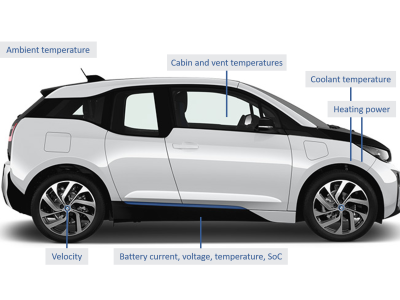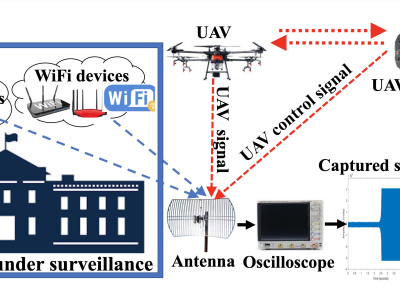counting-station-1471

- Citation Author(s):
-
Chuks Christian Emenike
- Submitted by:
- Chris Emenike
- Last updated:
- DOI:
- 10.21227/8n9n-gq97
 80 views
80 views
- Categories:
- Keywords:
Abstract
The dataset offers a comprehensive view of traffic conditions observed at a specific counting station, presumably located on a major roadway. It encapsulates various metrics, including the total number of vehicles, categorizations into light and heavy vehicles, and corresponding speed metrics across multiple lanes. Each entry in the dataset represents hourly observations, detailing the traffic flow and speed dynamics. Furthermore, with columns dedicated to average and 85th percentile speeds, the dataset provides insights into typical speed behavior as well as potential speed outliers. The information captured in this dataset is instrumental for urban planners, transportation researchers, and policymakers to analyze traffic patterns, study congestion periods, and formulate strategies for efficient traffic management. Given its focus on both volume and speed metrics, this dataset can also serve as a foundation for predictive modeling endeavors aiming to forecast future traffic conditions.
Instructions:
Instructions for Utilizing the Dataset:
Loading the Dataset: Use appropriate software or programming language libraries to load the CSV file. For example, in Python, you can use the pandas library.
Data Exploration: Begin by exploring the dataset's structure, summary statistics, and visualizing key metrics.
Data Cleaning: Handle any missing values or outliers as required. Ensure data types for each column are appropriate.
Analysis: Use the dataset to analyze traffic patterns, compare vehicle types, or study speed metrics across different lanes.
Modeling: If you're interested in predictive modeling, you can use the dataset to train models for predicting traffic volume or speeds based on other variables.
Interpretation: After analysis or modeling, interpret the results in the context of traffic management and urban planning. Consider the implications for congestion mitigation or transportation infrastructure development.
Ensure to cite the dataset appropriately in any publications or reports where the data is utilized.








